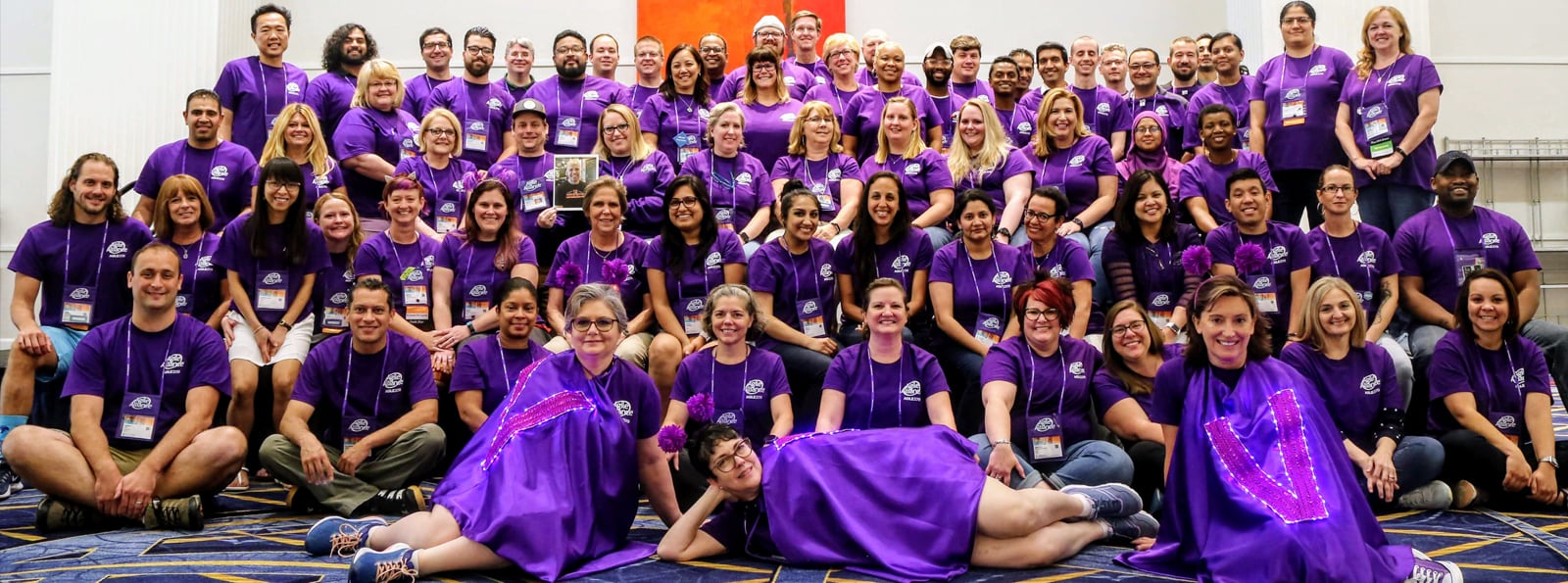Here is a look at how Agile emerged, how it acquired the Agile label, and where it went from there. It’s important to take a look at where Agile software development came from to get an understanding of where things are at today in the world of Agile.
“You know what? The way we’ve been building software just isn't working for us. We've got to come up with something different.”
These software developers started mixing old and new ideas, and when they found a combination that worked, they created a methodology for their team to help them remember the combination of ideas that worked in a given situation.
These methodologies emphasized close collaboration between the development team and business stakeholders; frequent delivery of business value, tight, self-organizing teams; and smart ways to craft, confirm, and deliver code.






